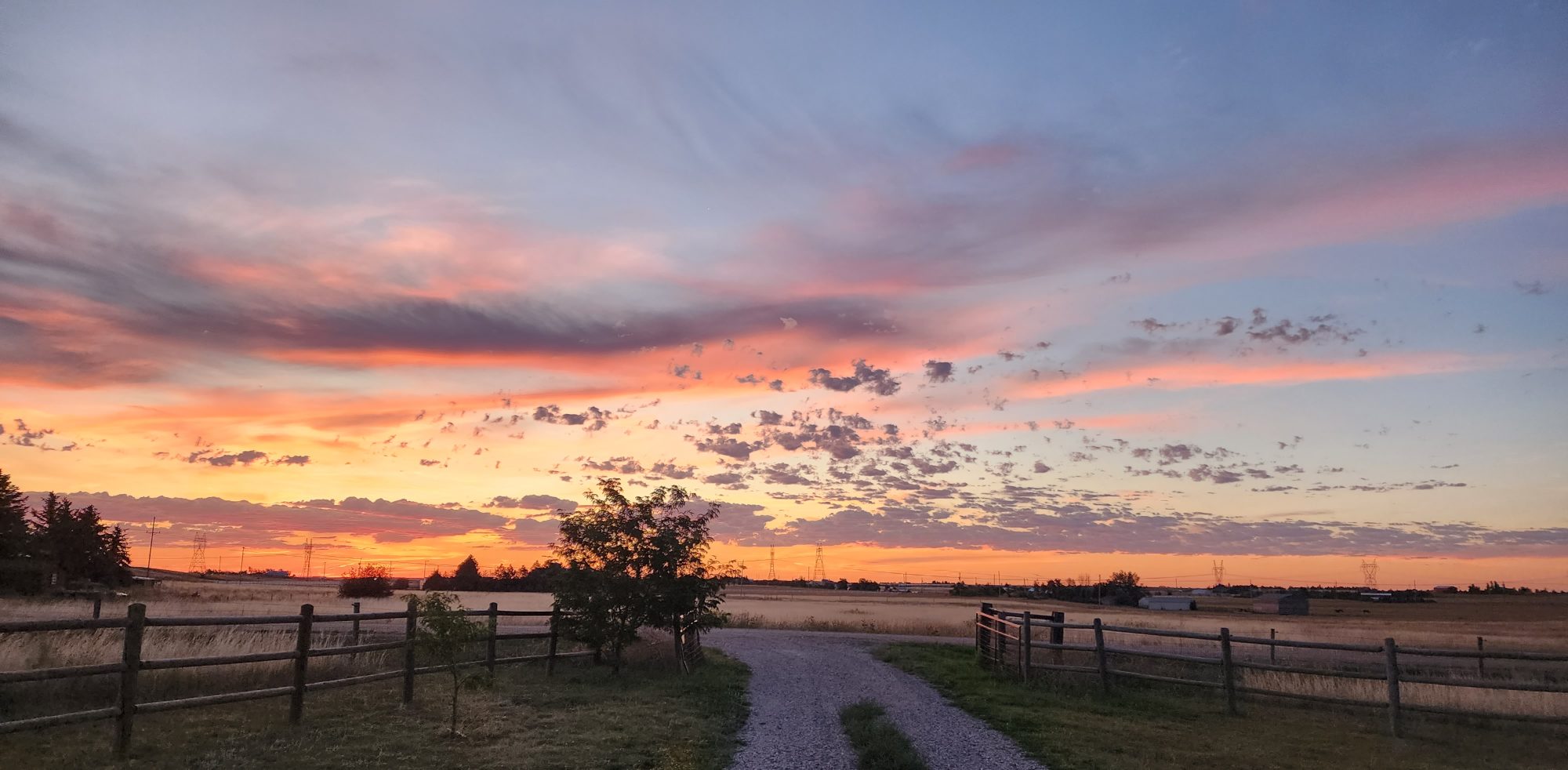
Hiroshima by Laurence Yep is a fictionalized tale of two sisters on the morning of August 6th, 1945 when the atomic bomb was dropped. The two sister, Sachi and Riko, head to school where today is a workday. They are put to work for the war effort since most of the men are away fighting.
The Enola Gay drops the bomb which contains millions of atoms that collide together in a chain reaction, unleashing the incredible energy they generate. Fires erupt and 75% of the buildings are annihilated. Sachi survives as does her mother. Her sister dies and her father does not return home from the fighting. She bears burn marks and is helped by the Americans as one of the Hiroshima Maidens.
Short, powerful tale that tells the devastation of such a weapon in terms children can understand. Recommended for children who can understand war and life and death. My seven year old read it with us. He got it. We’ve been studying World War II and to me it’s important for my kids to know all of history–the good and the bad–which is a hallmark of the good and the bad in people. We must know so we never repeat the past. There is not a lot of kids books on Hiroshima and Nagasaki and the atomic bomb and this one is beautiful in its simplicity and straight-forward facts.

Sadako and the Thousand Cranes by Eleanor Coerr is another tale of Hiroshima but this one focuses on the long-term effects. We follow a 12 year old girl named Sadako Sasaki who is on the verge of entering Junior High School. Her goal is to make the track team as she loves to run. She starts getting dizzy spells until one day she collapses at school. She is taken to the hospital where she is diagnosed with the atom bomb disease or leukemia–a disease many Japanese developed from exposure to harmful radiation.
While in the hospital, her best friend tells her of a Japanese legend that says if a sick person folds 1000 paper cranes, the gods will grant her wish and make her healthy again. So, Sadako begins, having her brother hang them on the ceiling every time she makes a paper crane.
So Sadako spends the months in the hospital, praying for a miracle and folding cranes. She becomes weaker and weaker but she never gives up hope she will live. She only made it to 644 before she died.
A true story, Sadako Sasaki was a toddler living in Hiroshima when the bomb dropped. Still, exposure to the harmful radiation slowly took its toll–and her life. She died on October 25th, 1955. Her classmates folded the remaining 356 cranes so she could be buried with her 1000. Her story spread throughout Japan and soon money was collected and a memorial statue made, set in Hiroshima Peace Park, of her standing on a mountain and a golden crane in her hands.
To this day thousands of paper cranes are set on her statue on August 6th to commemorate the day the bomb fell over the city.
A sad story, one that may bring tears to your eyes, but an important one that kids today need to know. And an encouraging one–of hope and the will to live despite being sick. Sadako never gave up the hope she would get better. We all will face death, and she did it with dignity.
Too many people shy away from rough topics–such as the Holocaust and the innocent killing of civilians through atomic weapons. But we are doomed to repeat the past if we don’t know about it. Thus, kids need to know about these things so when they grow up, they ensure they never happen again.
War is real and war needs a face and both of these books do an excellent job of putting a face to the war and showing the impacts of war on innocent civilians.
